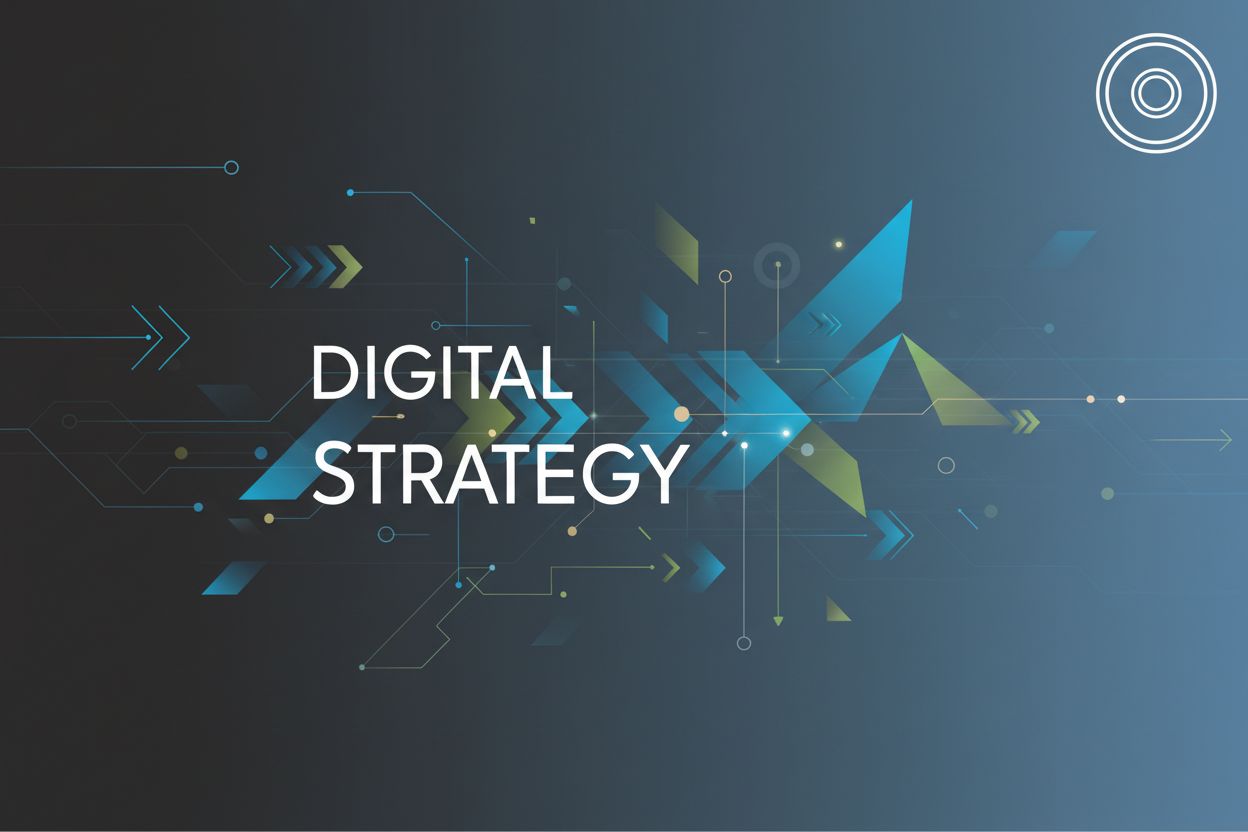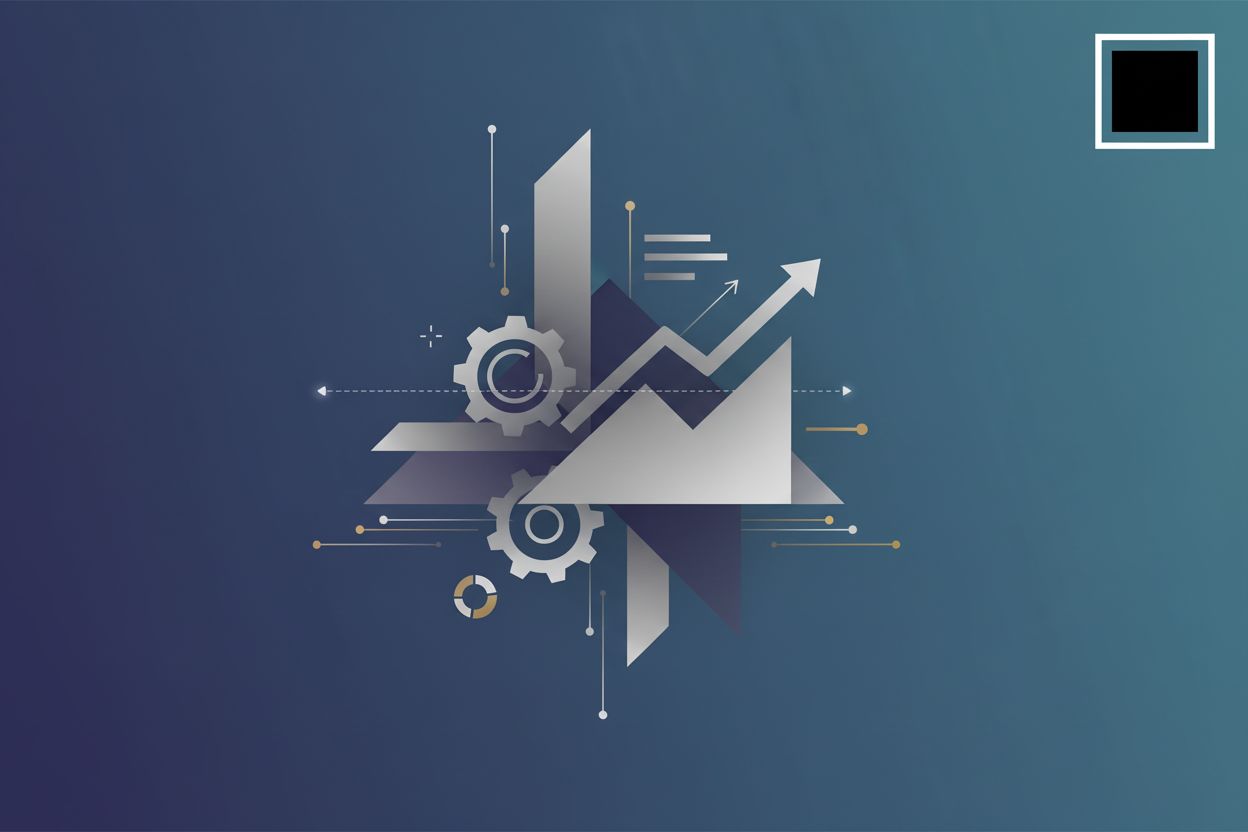Unlock Digital ROI How to Master Transformation Measurement
TL;DR
Decoding Digital Transformation ROI Why It Matters
Digital transformation, huh? It's not just buzzwords, its about real change and, most importantly, real results. But how do you actually know if it's working?
Well, simply put, digital transformation ROI is the tangible value you get from your digital efforts. It's not just about saving money, but also boosting efficiency, sparking innovation, and making customers happier, its aligning tech investments with business goals. If you don't measure it, you're basically flying blind. You need to validating those investments, making sure they align with what you actually want to achieve.
- Validating digital transformation investments
- Ensuring alignment with strategic business goals
- Building stakeholder confidence through tangible results
It's more than just spreadsheets. Seeing how digital initiatives actually boost customer satisfaction, streamline processes, and empower your workforce? That's what roi is all about.
So, next up, we'll dive into defining digital transformation roi, and why it really, really matters for your business.
Key ROI Categories Unveiling Value Drivers
Alright, let's get into the nitty-gritty of where that digital transformation ROI actually comes from, shall we? It's not just one big pile of money, it's more like a few different buckets where the value lands.
- First up, we got operational efficiency. Think about automating those repetitive tasks that just suck up everyone's time. Streamlining processes, cutting down on manual labor costs, and generally making things run smoother, y'know?
- Like, uh, imagine a healthcare provider implementing an ai-powered scheduling system. This could reduce wait times, free up staff, and make things way more efficient.
Next, there's the customer experience side of things. How are you engaging with customers through digital channels? Are they happy? Are they sticking around?
For instance, a retailer could use personalized recommendations thru a mobile app. This boosts engagement, satisfaction, and customer lifetime value.
And finally, there's the strategic roi. This is about setting yourself up for the long haul. Building scalable infrastructures, enabling innovation, and just generally positioning the business to crush the competition, basically.
A financial services firm that invests in a cloud-based platform for data analytics is an example. That would allow them to adapt quickly to market changes and stay ahead of the curve.
According to Quixy, understanding these different categories helps pinpoint where your efforts are paying off and where they might need a little... tweak.
So, now that we've broken down the what, let's dig into each of these categories a bit more, starting with operational efficiency.
Essential Metrics Quantifying Digital Transformation Success
Alright, so you're wondering how to tell if this digital transformation thing is actually paying off, right? It's not just about fancy tech; it's about the numbers. We need metrics, like, the right metrics.
Cost savings achieved through automation: This is pretty straightforward. How much less are you spending after automating those manual processes? For example, a finance department using robotic process automation (rpa) to automate invoice processing might see a huge drop in processing costs.
Revenue growth from digital channels: Are your online sales going up? Is your e-commerce site crushin' it? That's what we're talkin' about, its about how much extra cash those digital efforts are bringing in.
Return on technology investments: Basically, are you getting your money's worth from all that new tech you bought? It's about tracking the profits generated by those investments.
Process cycle time reduction: How much faster are things getting done? if you've streamlined your supply chain with some fancy software, you should see a noticeable quicker process.
Error rate reduction: Nobody likes mistakes, right? Are you making fewer of them now that you've gone digital? Think about a manufacturing plant using ai to reduce defects.
Automation rates: What percentage of your processes are now automated? The higher, the better.
Net Promoter Score (nps) improvement: Are your customers more likely to recommend you to their friends?
Customer satisfaction scores: Are your customers happier with your services now that you've digitized things?
Customer retention rates: Are people sticking around longer?
Employee productivity gains: Are your employees getting more done in the same amount of time?
Employee engagement levels: Are your employees more engaged and motivated?
Employee retention rates: Are people sticking around?
So basically, if you're tracking these metrics, you should have a pretty good idea if your digital transformation efforts are actually working. Without these, you're just guessing, and nobody wants that.
Now, let's dive into financial metrics and see how to measure the monetary impact of your digital transformation.
Maximizing Your Returns Actionable Strategies
Okay, so you wanna actually see some ROI from your digital transformation? It's not just about throwing money at new tech and hoping for the best, sadly.
First things first, set some goals that actually mean something. We're talkin' specific, measurable, achievable, relevant, and time-bound (smart) goals. Don't just say "improve customer experience," say "increase nps scores by 15% in six months."
Make sure these digital goals are connected to your overall business strategy, too. Like, if your company's tryna expand into new markets, your digital efforts should be geared towards that, its about aligning every little thing.
Before you even think about implementing anything, get a snapshot of where you're at right now. Gather data on current performance metrics so you can accurately quantify improvements.
If your customer service team currently resolves 50 tickets a day, that's your starting point. After implementing new ai-powered tools, you can see how much that number actually goes up, you need something to compair it too.
You gotta know where your money is going, duh. Calculate all the costs. Seriously, all of them. Direct costs like software licenses, but also indirect costs like training employees, integrating new systems, and managing the change itself.
A report by Computer Electronics found that organizations spend an average of 2.6% of their total revenue on their software stack budget, with the average organization using 288 different applications..
Obvious stuff like cost savings and revenue growth are great, but don't forget the less obvious stuff. Measure both tangible and intangible benefits.
- Intangible benefits like brand reputation, employee morale, and faster decision-making are important, too.
This ain't a "set it and forget it" kinda thing my dude. Keep an eye on those metrics, and be ready to adjust your strategy based on what the data is telling you.
If you're not seeing the results you want, tweak your approach. Digital transformation is a marathon, not a sprint, its about how quick you can pivot.
Now, let's dig into some practical examples of how this all works in the real world.
So, next up, we'll explore how to deal with challenges and changes that you meet along the way!
The Power of Partnership GetDigitize for Strategic Brand Building
Alright, so you're looking to build a brand that really connects? It's more than a logo, it's about telling a story.
- Resonating Brand Story: It's about crafting a story that clicks with your audience, not just shouting features. Think about what makes you, you- the core values and mission.
- Strong Brand Identity: You need a brand identity that stands out in a crowded market. That includes visual elements, messaging, and voice, making sure its consistent.
- Cohesive Brand Experience: creating a consistent brand experience across all digital touchpoints is also important. Customers should feel the same vibe whether they're on your website, social media, or app.
getdigitize offers the services you need to craft a unique brand story, develop a strong brand identity, and create a cohesive brand experience.
Want to know what's next? Let's see how to deal with challenges and changes that you meet along the way!
Real-World Scenarios Case Studies
Okay, so you wanna see how this digital transformation ROI thing plays out in the real world, right? It's not just theory, it's about tangible results!
Imagine a retail chain that revamps its online shopping, right? They see a boost in sales and happier customers.
They're not just selling more online, but folks are actually enjoyin' the experience more. Conversion rates goes up, customers are more satisfied and more likely to stick around.
Picture a manufacturer usin' industry 4.0 tech, like ai and automation, to make things more efficient.
Like, they cut down on product development time, defects are lower, and equipment is up and running for longer, its all about efficiency.
Think about a bank simplifyin' its customer onboarding, making it faster and easier to open an account.
Customers is happier, satisfaction goes up, and they're gettin' all the "know your customer" stuff done accurately.
So, now you know what's next, lets see how to deal with challenges and changes that you meet along the way!
Overcoming Hurdles Navigating ROI Measurement Challenges
Figuring out if your digital transformation is actually working can feel like navigating a maze, right? It's not always smooth sailing--but here's how to handle some common snags.
- Complexity is a killer: It's tough to pin down exactly what caused what. Was that sales bump due to the new CRM, or something else entirely? You have to consider all the moving pieces.
- Rome wasn't built in a day: Don't expect instant riches! Digital transformation is a long haul, and some benefits take time to show up. You gotta be patient.
- Those fuzzy feelings: How do you measure a happier employee or a better brand image? It ain't easy, but don't ignore those "intangible benefits"--they're real value drivers.
So, what's next? Well, let's chat about how to keep things ethical as you measure all this stuff, shall we?
Conclusion
Alright, so you've made it this far, huh? Let's wrap this up!
Measuring roi isn't a one-time thing, its ongoing. It's kinda like checkin' the pulse of your digital transformation.
You need to be flexible and, uh, actually look at the numbers. Adaptability is key, y'know?
Accurate measurement helps you grow sustainably. It's not just about quick wins, but about setting yourself up for the long game.
Think of it like building a house--you wanna make sure the foundation is solid.
So, keep measuring, keep adapting, and keep growing!





